THE PHYLUM CHORDATA- THE KINGDOM VERTEBRATE
In my last post, I talked about the Kingdom invertebrates in which I mentioned about the cockroaches, grasshoppers and so on.
Today, I will be talking about the Vertebrate classes
PHYLUM CHORDATA
The term chordata to start with is derived from the term notochord. A notochord is a flexible rod-like structure, made of cartilage, which runs along the dorsal side of the body. It provides support to the body.
Characteristics of the Chordates include the following;
(1). They have a notochord at some stage of their life cycle.
(2). They have a hollow nerve cord, which is a group of nerves forming a hollow tube. This is located above the notochord.
(3). They have Gill slots during early stages of development that are later replaced by lungs and gills.
VERTEBRATES
The vertebrate animals form the largest group of the PHYLUM CHORDATA. Vertebrate animals have a vertebral column or backbone. In addition, they also have the following features;
(1). An internal skeleton (Endo skeleton)made of bone or cartilage
(2). A closed blood circulatory system consisting of blood vessels
(3). A well-developed nervous system
(4). Two pairs of limbs
(5). Kidneys as excretory organs.
Vertebrate animals form the largest group of the PHYLUM chordate and they are divided into five classes;
(1). Pisces- the fish
(2). Amphibia- the amphibians
(3). Reptilia- the reptiles
(4). Aves the bird
(5). Mammalian the mammals
CLASS PISCES
These are the fishes. They are aquatic, i.e they live in water, except the mudskipper and lunch fish, which can spend short periods breathing in air. They have streamlined bodies with scales on their skin.
They use gills for gaseous exchange and have find for swimming. They have a lateral lime system for hearing. Most fish are dark on the dorsal(back) side and lighter on the ventral side. Fish are ectothermic - they rely on heat from they environment to regulate their body temperature. Fish are an important source of food for people.
The class Pisces is divided into two sub-classes:
(1). Bony fishes(Teleosts) for example Tilapia, Nile,perch, cod, mackerel and catfish.
(2). Cartilaginous fishes(Elasmobranchs), for example include sharks, skates and days.
DIFFERENCES BETWEEN BONY FISHES AND CARTILAGINOUS FISHES
BONY FISHES
(1). Bony skeleton
(2). Round-shaped scales
(3). Opercula(Gill covers) covering their gills
(4). Homocercial tails
(5). Are usually smaller in size
CARTILAGINOUS FISHES
(1). Cartilaginous skeleton
(2). Scales which are not round
(3). No opercula (Gill slots) but have Gill slits
(4). Heterocercal tails
(5). Are usually larger in size
CLASS AMPHIBIA
This class includes the amphibians (frogs, toads, newts and salamanders). The word amphibian comes from two Greek words amphi, which means "both", and "bios" which means "life". This means that amphibians spend part of their lives(as larvae or tadpoles) on water and part of it(as adults) on land.
They have simple sac-like lungs(which are not very efficient) and smooth, moist skin, which is also used as a respiratory surface. Their life cycle includes metamorphosis, and they need water for successful reproduction, as fertilisation I'd external and the larval form(tadpole is aquatic. Gills are only present in the larval forms. Amphibians are ectothermic-they rely on heat from their environment to regulate their body temperature.
CHARACTERISTICS FEATURES OF A FROG OR TOAD
(1). Mouth: has a wide gape. With the help of forceps, open the mouth and note the long sticky tongue
(2). Nostrils: two small holes situated above the mouth to enable breathing while partly submerged in water.
(3). Eyes: large and bulging
(4). Poison glands(toads)-:elongated swellings behind the ears that secret a detestable milky substance when the road is attacked
(5). Trunk: in toads, note the dark, rough and dry skin on the dorsal side and lighter and less rough skin on the ventral side of the trunk, in frog, smooth moist skin
(6). Limbs: these are found in the trunk; note that the hind limbs are longer and thicker than the forelimbs. The hind limbs are used for leaping, while the short stout fore limbs help to absorb the shock on landing. The webbed digits give additional thrust during swimming.
At times, it tend to confuse us what is the difference between a toad and a frog as I was also a victim of that for so many years. I have always believe toad and frog are the same.
Not after many years I discovered the difference that exist between them.
DIFFERENCES BETWEEN A TOAD AND A FROG
FROG
(1). A smooth skin
(2). More webbed feet
(3). A brightly coloured body
(4). A more streamlined body
(5). Extra longer hind legs
TOAD
(1). A dry skin
(2). Fewer webbed feet
(3). A dull coloured body
(4). A less streamlined body
(5). Hind legs that are not extra long.
REFERENCES
. https://www.toppr.com/guides/biology/animal-kingdom/phylum-chordata/
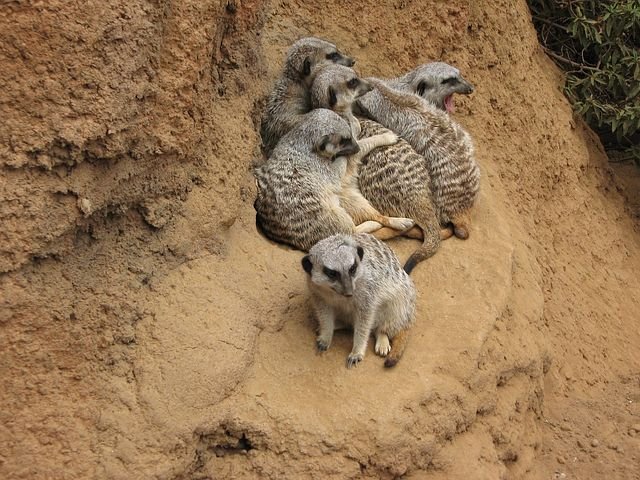
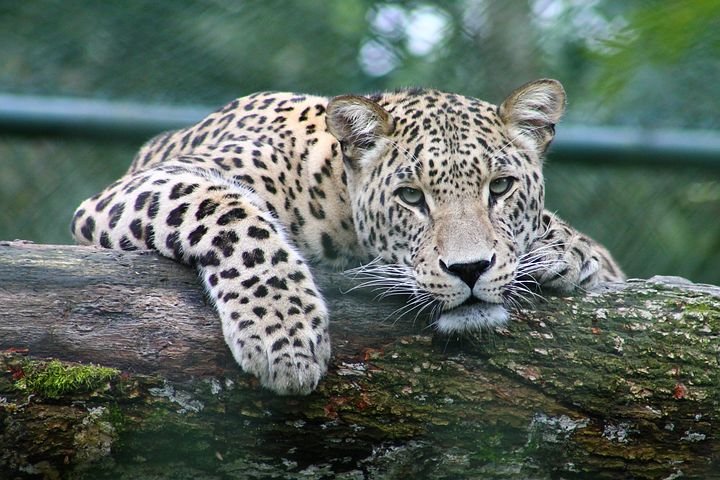
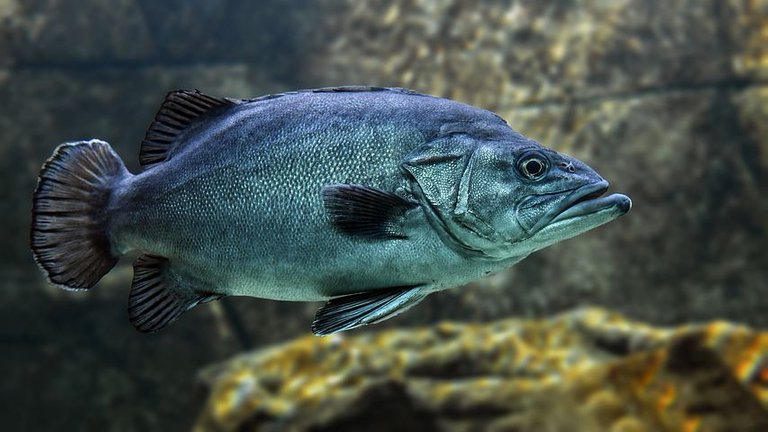
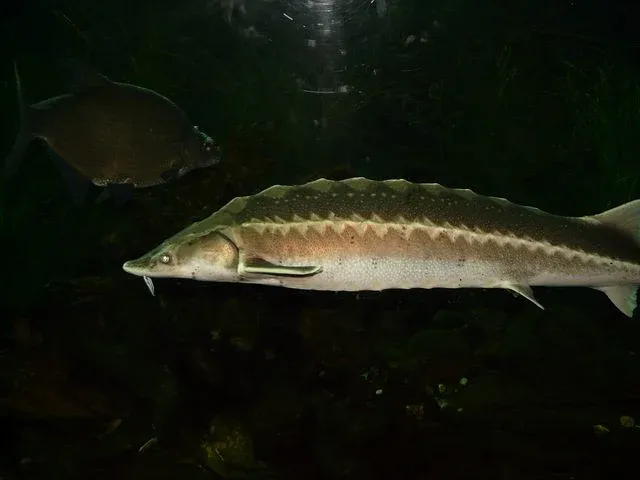
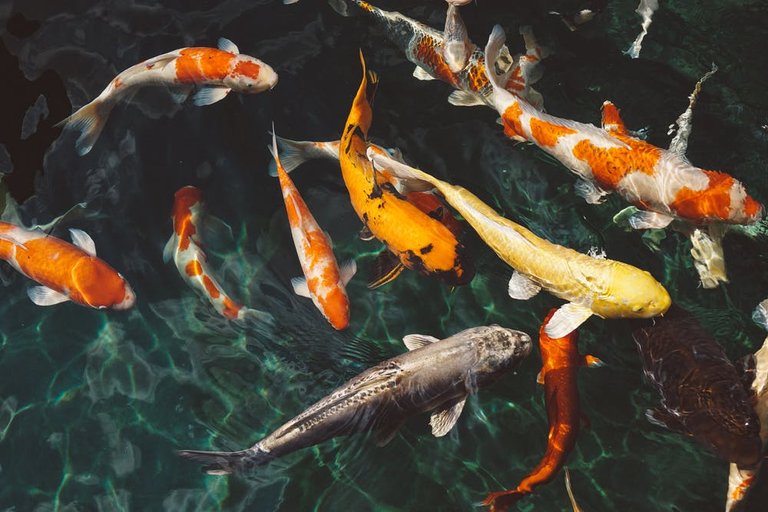
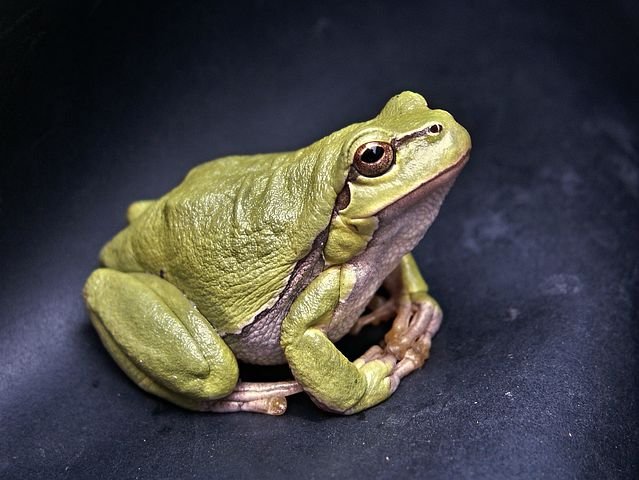
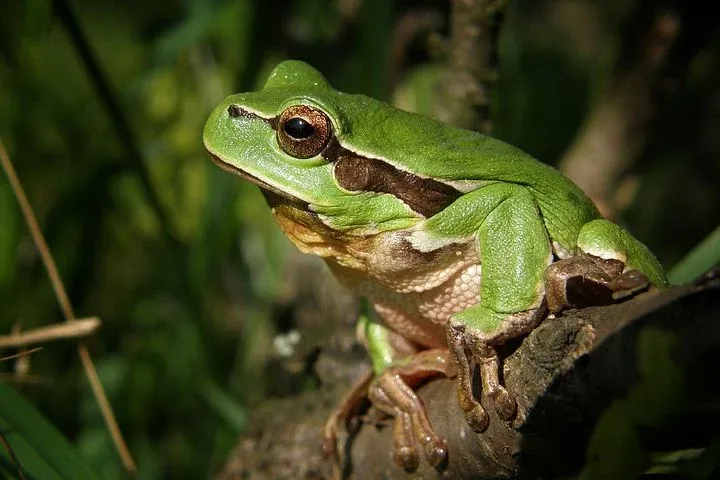
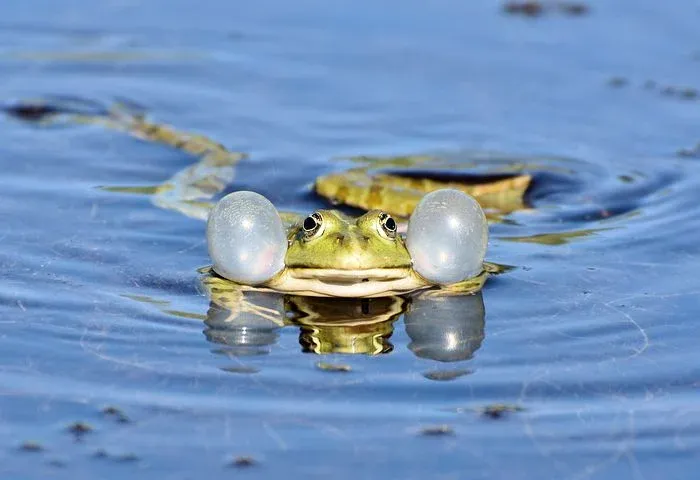
@tipu curate
Upvoted 👌 (Mana: 24/40)
Thank you friend
Tweets
https://mobile.twitter.com/adenijiadeshin7/status/1273490131954151424
#posh
Thanks for your contribution to the STEMsocial community. Feel free to join us on discord to get to know the rest of us!
Please consider supporting our funding proposal, approving our witness (@stem.witness) or delegating to the @stemsocial account (for some ROI).
Thanks for including @stemsocial as a beneficiary, which gives you stronger support. Using the STEMsocial app could yield even more supporti next time.
This post earned a total payout of 4.520$ and 2.260$ worth of author reward that was liquified using @likwid.
Learn more.